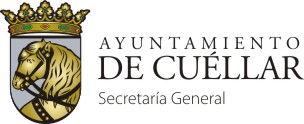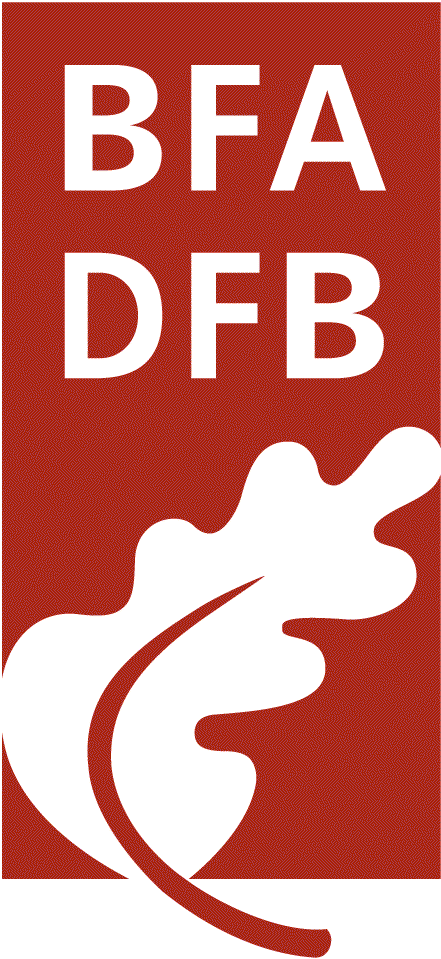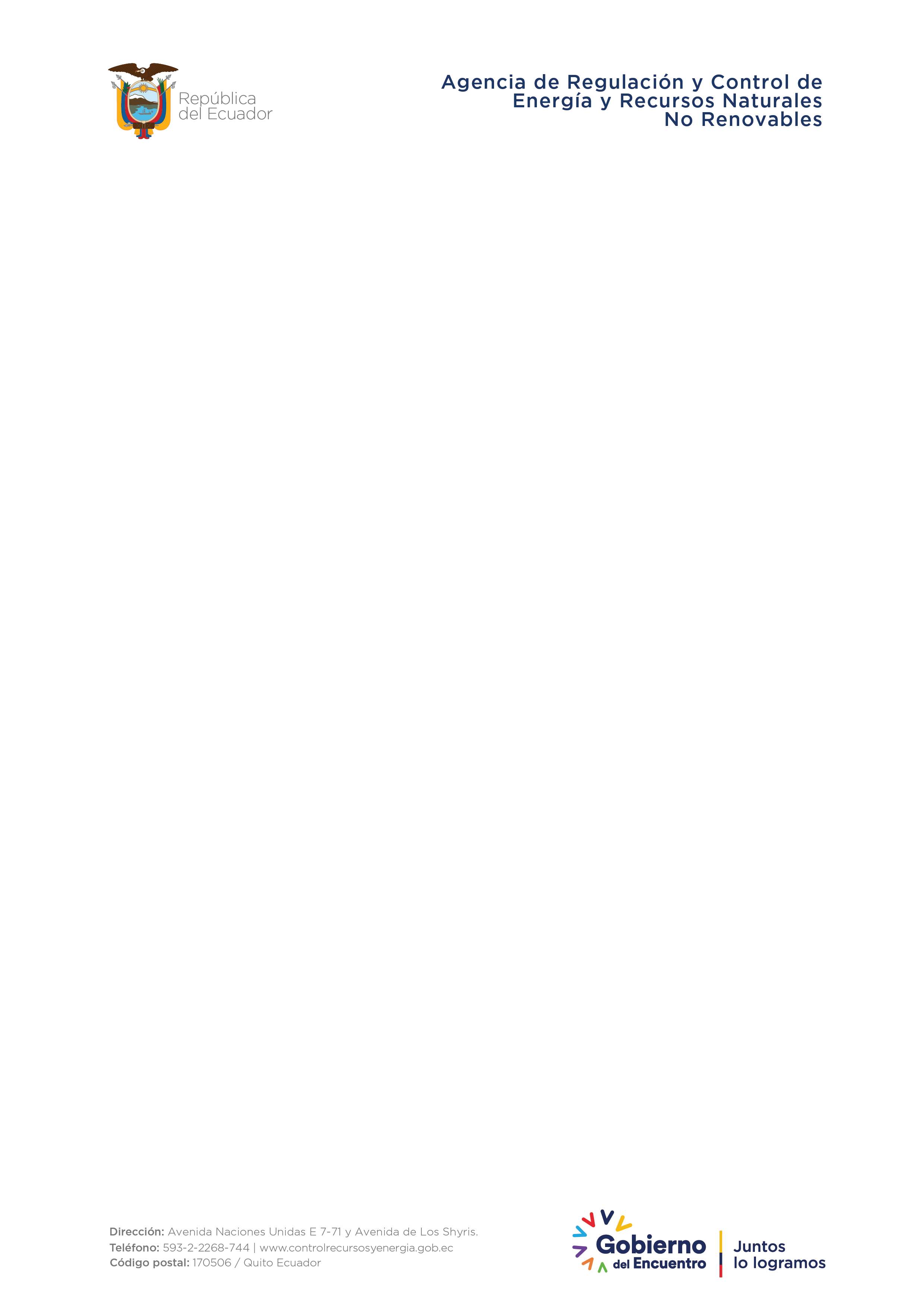CREATING CLEAR PRINT (DDA) REACHING THE BLIND AND
EXEEXE A SIMPLE TOOL FOR CREATING SEQUENCES15 Instructions for Creating a File to Upload Inventory
195 DOCUMENT TYPE DEFINITIONS (DTDS) CREATING A DOCUMENT TYPE
2 CREATING A DATASET OF PHASE SPACE DENSITY AND
200 CREATING A CULTURE OF RESPECT AND RAPPORT
A CTIVITY CSS NAVIGATION 5 CREATING A HORIZONTAL
Creating Clear Print (DDA)
![]()
Creating Clear Print (DDA)
Reaching the blind and partially sighted
We all produce information in the hope of communicating something about ourselves and assisting others to make decisions and lead independent lives. Can we be sure we have done our best to be fair and to reach everyone? The DDA* is in part an attempt to ensure fairness and all organisations have a legal obligation to make reasonable adjustments to ensure those with disabilities can access their services.
There are 1.7 million blind and partially sighted people in the UK, many of whom lose out on opportunities simply because they cannot access information. This briefing gives a broad overview on how to create Clear Print - documents that use a minimum type size of 12 point ('Large Print' uses 16 to 22 point) and which follow guidelines developed by the RNIB to help make information accessible to the blind and partially sighted.
Clear Print can be created quickly and at virtually no cost.
How do we produce 'Clear Print'?
1.
Typeface (font)
Size
and contrast are the two most important features to consider.
Type
size
The
size of the type (known as point size) significantly affects its
legibility. A minimum of 12 point type should be used for all
publications.
Type
weight
Typefaces
are usually available in light, normal (roman), semi-bold (medium) or
bold weights. Avoid light type weights. Use bold or semi-bold weights
rather than normal ones.
Serif
and sans serif fonts
Serif
typefaces have little 'feet' (serifs at the ends of the letters).
Sans-serif do not. Both are legible but serif typefaces are easier to
read in large quantities of text. Most books are set in semi-bold
serif typefaces, whereas signs are usually set in bold, sans serif
type.
Style
Do
not use simulated handwriting and ornate typefaces. Stick to
typefaces that people are familiar with and will recognise easily.
Italics, capitals and underlining are generally harder to read. Avoid
capital letters in words, titles and the body of test where possible.
A word or two in capitals is fine but avoid the use of capitals for
continuous text. Avoid italics and underlining completely - use a
different type weight instead.
Leading
This
is the space between one line of type and the next. If the leading is
too narrow
it makes it difficult to find the separation between lines. Generally, the leading should be 1.5 to 2 times the space between the words on the line. 12 point text is commonly set with 14 point leading; 18 point leading creates an easy to read, inviting document.
Numbers
Choose
a typeface in which the numbers are clear. Readers with sight
problems can easily misread 0, 3, 5, 6 and 8. Write out the word if
possible.
2. Design and layout
A reader with sight problems takes longer to read. The different elements on the page - pictures, headings, captions, text, etc - should be clearly separated and structured so that information is easy to find.
Line
length
Line
length should be between 60-70 letters per line except when you use
columns. Similarly, sentences and paragraphs should not be too short
or too long.
Word
spacing and alignment
Keep
the same amount of space between each word - do not condense or
stretch lines of type or single words to fit your line length.
Word space is usually determined by the alignment of the text ie left, right, justified, centred. RNIB recommends aligning text to the left margin as it is easy to find the start and finish of each line and keeps the spaces even between words.
It is best to avoid justified text as people can mistake large gaps between words for the end of the line. Centred text and text aligned to the right margin are also best avoided though it is acceptable to use centred text for main headings
Contrast
The
contrast between the background and the text is also extremely
important. As a rule, contrast dark against light. The better the
contrast, the more legible it is. Contrast will also be affected by
the size and weight of the type.
A significant number of people who are partially sighted also have difficulty with colour perception. Two colours that would contrast sharply to someone with unaffected colour vision may appear less distinguishable to someone with partial sight.
Reversing
type out (white out)
If
using white type, make sure the background colour is dark enough to
provide sufficient contrast.
Navigational
aids
It
is helpful if recurring features, such as headings and page numbers,
are always in the same place. A contents list and a line to separate
sections are also useful. In general, a space between paragraphs
gives the eye a break and makes reading easier.
Horizontal
text
Set
text horizontally as text set vertically is extremely difficult for a
partially sighted reader to follow.
Columns
Make
sure the margin between columns clearly separates them. If space is
limited, use a vertical line.
Images,
illustrations, photos
Images
can be problematic for those with sight problems - use carefully
defined images with high contrast and clean backgrounds. Do not rely
on them to provide information or to be the only source of relief on
a page. White space, headings and rules can do this too. Avoid
fitting text around images if this means that lines of text start in
different places. Do not set text over images, e.g. photographs. This
affects the contrast and, if a partially sighted person is avoiding
images, they will miss the text.
3. Paper and format
Paper
type
Glossy
paper is difficult to read because of the shine. Choose uncoated
paper that weighs over 90gsm. If the text shows through from the
reverse side, then the paper is too thin.
Format
When
folding paper, avoid creases which obscure the text. Also, try not to
use a bulky binding method as people who use screen magnifiers need
to place the document flat under the magnifier.
Forms
Partially
sighted people tend to have handwriting that is larger than average,
so allow extra space on forms.
Is
this all we must do?
It's
a huge step in the right direction - well-designed print information
will be sufficient for many partially sighted people. However, it is
important to remember that there is no single method which suits all
blind and partially sighted people all of the time. Others may need
information in another format eg large print, braille, computer disk
or from the internet. For advice contact the RNIB.
Further
information
-
Royal National Institute for the Blind (RNIB)
www.rnib.org.uk
Producing
information in alternative formats
Contact RNIB on 01733
37 53 70 for
independent, impartial advice
Their See it Right pack gives practical advice on producing accessible information in a range of formats (websites, clear print, handwriting, making information
accessible to deaf/blind people, signs, large print, videos, tape, braille, e-text). It will also help you to develop an accessible information strategy. [email protected] T: 0845 702 3153
-
Disability Discrimination Act (DDA)*:
VAN
Briefing 44 (also on www.voluntaryarts.org
)
DDA Helpline, 0345
622 633
Disability
Rights Commission
Tel: 0845
762 2633
(free) www.drc-gb.org
The Disability Consultancy, part of RNIB,
can assess and assist an organisation's with implementing all the
duties of the DDA.
Tel: 01737
37 85 79
-
Policy
guidelines
Develop
accessible information policy guidelines. Ensure some information is
available from the outset in different formats, and others when a
customer requests it. All should be of equivalent quality and the
same price. Plan the production of the alternative formats at the
same time as planning your standard print version. And let your
customers know they are available.
-
Other
communication methods used by people with impaired vision
word
of mouth, personal readers, telephone, print - reading and writing,
large print i.e. 14 point or more, Braille, moon, audio tape,
commercial cassette recorder/player, easiplay cassette player,
handi-cassette player, RNIB talking book player, radio, television,
internet, other equipment. There are systems for the 23,000 people in
the UK who have a severe loss of both sight and hearing e.g. lip
reading or British Sign Language or the Deaf Alphabet, textphones (or
minicoms) or Typetalk
A GUIDE TO CREATING AN ENERGY BOOSTING SMOOTHIE A
A GUIDE TO CREATING TEXT DEPENDENT AND SPECIFIC QUESTIONS
ADAPTED FROM CREATING THE THOUGHTFUL CLASSROOM BY ANN J
Tags: (dda) --------------------------, print, blind, clear, creating, (dda), reaching
- 23 DE MARZO DE 2021 TAYLOR WIMPEY INVERTIRÁ 5
- S ECRETARÍA DE EDUCACIÓN DE BOGOTÁ DC COLEGIO DE
- N C I CENTER FOR CANCER RESEARCH OUTSTANDING POSTDOCTORAL
- PASSIVE VOICE TENSEVERB FORM ACTIVE VOICE PASSIVE VOICE SIMPLE
- NORMAS URBANISTICAS 0 TITULO PRELIMINAR 24 TEXTO
- EXECUTEU LA MACRO AMPLIADICCIONARIPERSONAL CLICANT AL MENÚ MILLORES
- THE SECRETARY THE FRIENDS OF ST PAUL’S CATHEDRAL THE
- WATER RESOURCES CONTROL BOARD DIVISION OF FINANCIAL ASSISTANCE
- SŽŽIP STORITVE DOO KOLODVORSKA 11 1000 LJUBLJANA WWWSZZIPSI RECTANGLE
- ® CSPT ORIENTACIONS SOBRE LA UTILITZACIÓ DELS DOCUMENTS DE
- PEMERINTAH KABUPATEN SINTANG DINAS PERINDUSTRIAN PERDAGANGAN KOPERASI USAHA
- TABLE OF CONTENTS 1 HONORIA CONWAY AT ST VINCENT’S
- 58TH CONFERENCE ON EXCEPTIONAL CHILDREN POWERPLUSWATERMARKOBJECT3 NC PT INSTITUTE
- PROČELNIK UPRAVNOG ODJELA ZA OPĆE I IMOVINSKO PRAVNE POSLOVE
- SCITRES6 ANEXO PÁGINA 2 ALTERNATIVAS PARA LA ESTRUCTURA
- COMPOSER AND MUSICIAN CHRISTOPH GRUND WAS BORN IN 1961
- LEY DE LA PROCURADURÍA DE LA DEFENSA DEL ADULTO
- TÁJÉKOZTATÓ A REFERÁLÁSOKHOZ A REFERÁLÁSOKRA A TANSZÉKI ASZTALON
- 11 TÍTULO LOS EVENTOS DE LECTURA EN LAS AULAS
- UNIT 6 FAIL TO PASS INITIAL PROBATION [CLICK HERE
- MEMORIAL DESCRITIVO GENERALIDADES O PRESENTE MEMORIAL DESCRITIVO DE
- HOOFDSTUK 3 ADR AANWIJZINGEN VOOR HET WIJZIGEN EN INTREKKEN
- “2017 AÑO DEL CENTENARIO DE LA PROMULGACIÓN DE LA
- SOCIEDADE PORTUGUESA DE CIÊNCIAS DA EDUCAÇÃO FICHA DE CANDIDATURA
- JOHN RYLE MEDICAL PRACTICE WWWJOHNRYLEMEDICALPRACTICECOUK PART TIME RECEPTIONIST (STARTING
- POPUNJAVANJE SLUŽBENIČKIH RADNIH MJESTA U DRŽAVNOJ SLUŽBI PUTEM JAVNOG
- FAX COVER SHEET TO [CLICK HERE AND TYPE
- LAS SOLICITUDES DE CESIÓN DE DERECHOS DE PAGO ÚNICO
- ORDENANZA Nº 9 DISTRIBUCIÓN DE AGUA INCLUIDOS LOS DERECHOS
- PROJECT NAME PROJECT NAME FUNCTIONAL REQUIREMENTS DEFINITION VERSION 10
 SCHUMER JOINS GLC MINERALS AS CHIEF FINANCIAL OFFICER FOR
SCHUMER JOINS GLC MINERALS AS CHIEF FINANCIAL OFFICER FOR ANEXO ÚNICO IDCOU NOMBRE VALOR BÁSICO PARTIDO N°
ANEXO ÚNICO IDCOU NOMBRE VALOR BÁSICO PARTIDO N°FORM HC100 WITNESS STATEMENT PAGE 2 MADE ON BEHALF
 SR ALCALDEPRESIDENTE DEL ILMO AYUNTAMIENTO DE LA VILLA DE
SR ALCALDEPRESIDENTE DEL ILMO AYUNTAMIENTO DE LA VILLA DE ZAŁĄCZNIKI DO ROZPORZĄDZENIA MINISTRA CYFRYZACJI Z DNIA …………… (POZ)
ZAŁĄCZNIKI DO ROZPORZĄDZENIA MINISTRA CYFRYZACJI Z DNIA …………… (POZ) VLADA REPUBLIKE HRVATSKE ZAGREB 14 TRAVNJA 2021 PREDLAGATELJ
VLADA REPUBLIKE HRVATSKE ZAGREB 14 TRAVNJA 2021 PREDLAGATELJEFFECTIVE FEBRUARY 14 2019 COLORADO LIMITED GAMING CONTROL COMMISSION
 CASOS DE ÉXITO MICROSOFT MICROSOFT® VISUAL STUDIO® NET CAIXA
CASOS DE ÉXITO MICROSOFT MICROSOFT® VISUAL STUDIO® NET CAIXA SEMINARIO ELABORACIÓN Y REDACCIÓN DE INFORMES DICTÁMENES Y RECOMENDACIONES
SEMINARIO ELABORACIÓN Y REDACCIÓN DE INFORMES DICTÁMENES Y RECOMENDACIONES RESOLUCIÓN Nº 2084009 MONTEVIDEO 1º DE DICIEMBRE DE
RESOLUCIÓN Nº 2084009 MONTEVIDEO 1º DE DICIEMBRE DESTREAM ASSESSMENT CROW CREEK MONTGOMERY COUNTY PA OBJECTIVES
 OPTIONAL PROTOCOL CONCERNING THE COMPULSORY SETTLEMENT OF DISPUTES 1961
OPTIONAL PROTOCOL CONCERNING THE COMPULSORY SETTLEMENT OF DISPUTES 1961 KULTURA ONDAREKO ZERBITZUAREN EKITALDIARETOA ERABILTZEKO ARAUAK NORMAS DE UTILIZACIÓN
KULTURA ONDAREKO ZERBITZUAREN EKITALDIARETOA ERABILTZEKO ARAUAK NORMAS DE UTILIZACIÓNEKLER EK1 “YAPI APLIKASYON PROJESI YAPIMI VE UYGULANMASI
 A ULA DE INSERCIÓN CREATIVA PROYECTO ADINCRE COMPROMISO ALUMNO
A ULA DE INSERCIÓN CREATIVA PROYECTO ADINCRE COMPROMISO ALUMNO FORMULARIO DE ATENCIÓN DE RECLAMOS EN SEGUNDA INSTANCIA CIUDAD
FORMULARIO DE ATENCIÓN DE RECLAMOS EN SEGUNDA INSTANCIA CIUDAD30 DO NOT DUPLICATE THIS DOCUMENT JUST UPDATE
I TEMELJNI POJMI BESEDILO DEFINIRAMO KOT KOMUNIKACIJSKO POJAVITEV KI
SISTEMUL SAU ÎNTOCMIREA RELIGIEI MUHAMMEDANE SA TIPĂRIT DIN PORUNCA
7 OEASERWIV CEPCIDIINF4408 CORR 1 5 MARZO